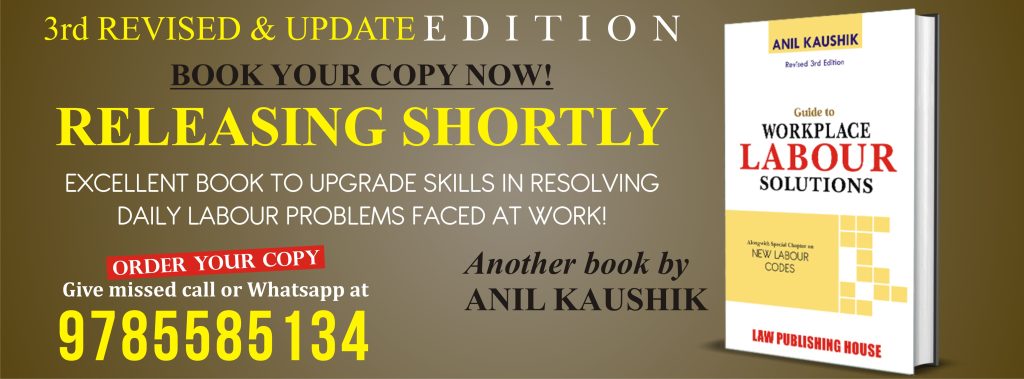Any civilization can be periodisedin different manners. The easiest, simplest, and perhaps, the most widely used, categorization is through period-marking political power. Thus, there is talk of emperors, kings, and territories. There is nothing wrong with this.
Perhaps one can think of the basis of periodization which can make it be more complete.
This realisation is not new because it led to concepts such as “Dark Ages,” ‘Renaissance’, and more. Again, there is a limitation. The limitation is that the experiences of the dominant power become defining elements of periodization, and what was true for European powers may not be true for what was then happening in Latin America, Asia, or Australia. Further analyses can be given, but they do not necessarily substantiate the point any better.
Another dimension used in periodicing, in history is the use of the ‘dominant material’ or element in a given period.
Thus, one learns of the Stone Age, the Iron Age, and more. These categories also go a distance, but they are good only as far as they go.
History of business is no exception to the pattern noted above. Any civilised community needs business to survive. This is so because no element or component of a society is everfully self-sufficient. Illustratively, if one grows cereals, one still needs vegetables, and if one grows both cereals and vegetables, one would need to be able to store them and, therefore, elements and materials from which shelter can be built, would need to be obtained. Hence, there is always a need for something that can be traded for what one can give. Exchanges have their own compulsion. That is the root of business.
The history of business is the history of these exchanges in chronological order. One of the common characteristics of the study of history is the study of “exchanges” in time sequence. Various categorisations of history emerged because there were different kind of exchanges. Each sector of human activity had its own periodization.
The homosapien is a common thread, but the needs of the homosapien are large. Accordingly, different versions and variants of histories emerge.
It is a pity that historiography as a craft has not captured this point sufficiently. This is not a reflection on the state of the craft of historiography, but on the state of the dominant concerns in history. As enumerated above, it can be prudent to take up the use of ‘metal’ or ‘material’as a basis for creating periodization.
If one could take a leap from this point of perception to the present, the experience could be both fascinating and instructive. A history of modern times will talk of world wars, the struggle of freedom movements, the emergence of global and regional conglomerates, the birth of international bodies, and more. But what one has missed, is the history of the tribal worlds across the globe.
Whether it be tribes of the Maya region or Asiatic region, United States, Canada,or Tribal communities in the deep, colder climes of Europe; tribal communities in Asia or Australia-one cannot help but be struck by their continuity of existence and perception. One marvels at their ability to distil life lessons, which they not only deciphered but preserved. This could well be part of the subjects of research for the understanding of modernism.
This is so because no element of the modern world has the continuity, depth, or reach which the tribal world has. If at all there is a lesson to be learnt from the experiences of history, one has to go back to the understanding of how these tribal worlds have survived and grown. Even whenbeing threatened, they have kept alive their production systems, strategic systems, or businesses. There is an urgent need to understand this. This can be a very useful in put to the perspective for understanding changes in time sequence.
Business history of this perspective will indeed enrich the insights on how to conduct future businesses and make it more worthwhile.
Stay connected with us on social media platform for instant update click here to join our LinkedIn, Twitter & Facebook


























